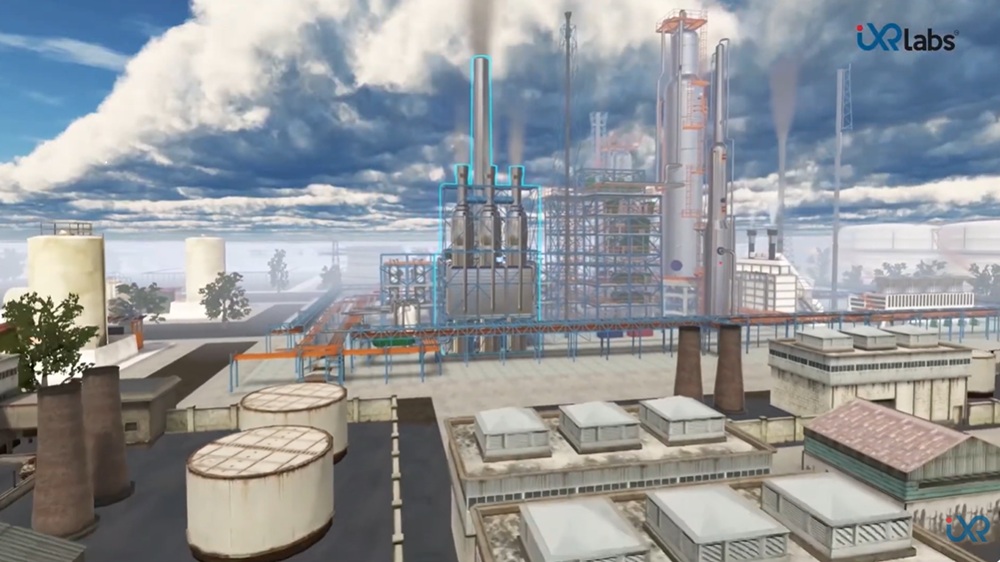8 Benefits of Virtual Reality Labs for Higher Education
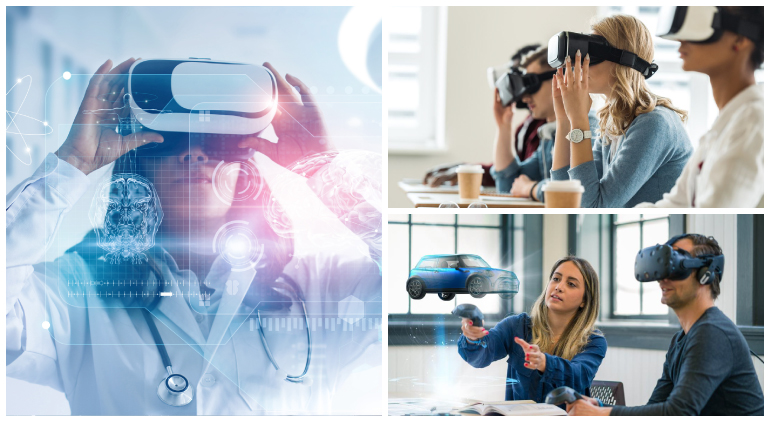
The most popular computer technology that has taken over a majority of the technology columns is Visual Reality (VR). VR’s siblings, Augmented Reality (AR) and Mixed Reality (MR), have become generic in comparison.
While so far VR has focussed on enhancing the entertainment department, it is slowly spreading to all kinds of workplaces and industries with its translocating and enchanting immersion specialties.
There is hardly any need to hype the technology to those who have already worn a VR headset once and experienced being in the galaxy or under the sea! However, if you have seen only its entertainment benefits or you are yet to feel the pleasure of experiencing life in VR, this blog is for you!
VR is an industry that, as aforementioned, will be the primary technology used by all workplaces in the near future, so it is important for those seeking VR for higher education to be prepared for this change and embrace it as early as possible.
If you are an aspiring neurosurgeon or a wannabe astrophysicist, then you need to be comfortable with using VR and more importantly you need to be acquainted with institutes that allow you to experience the benefits of VR in education.
1. Training With Virtual Reality Labs
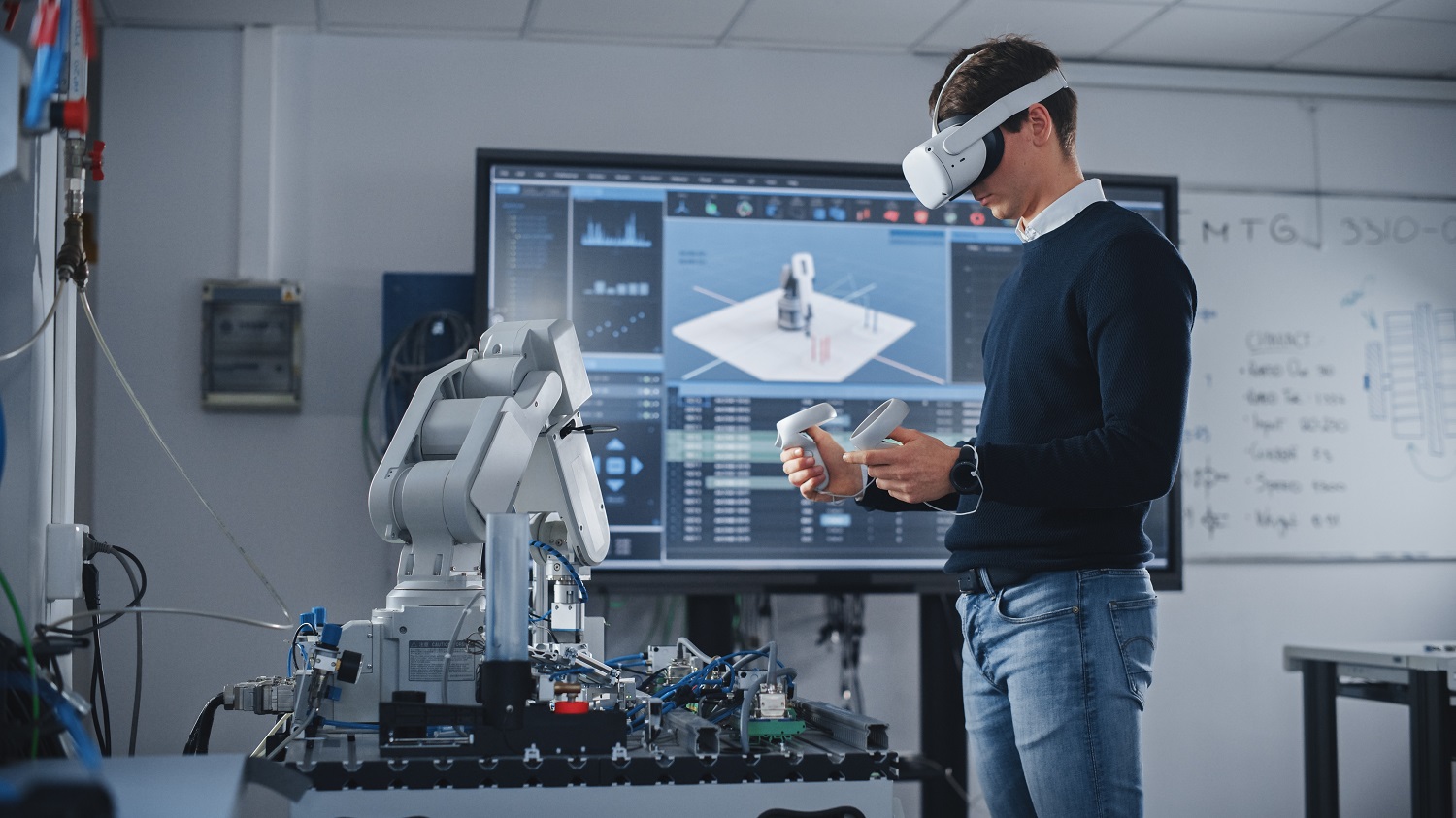
Students in colleges and universities have to devote the majority of their time towards their majors. Hence, students pursuing higher education in any one of the STEM disciplines (i.e. Science Technology Engineering Medical) will be required to undergo training or simply out, practical experience.
With VR labs for higher education, students can start training in their respective fields as early as after high school! Training through VR simulation-based learning will also allow younger students to decide, where their interests lie but more importantly.
It will allow them to attain practical efficiency through long-term VR training experience.
2. Instructional VR Headsets
VR headsets can benefit engineering students by providing them with VR based instructional videos, based on which they can work with their designs while, simultaneously understanding how products or designs interact with the space in real life, outside of a simulation.
3. Enhancing Lab Skills With VR Applications
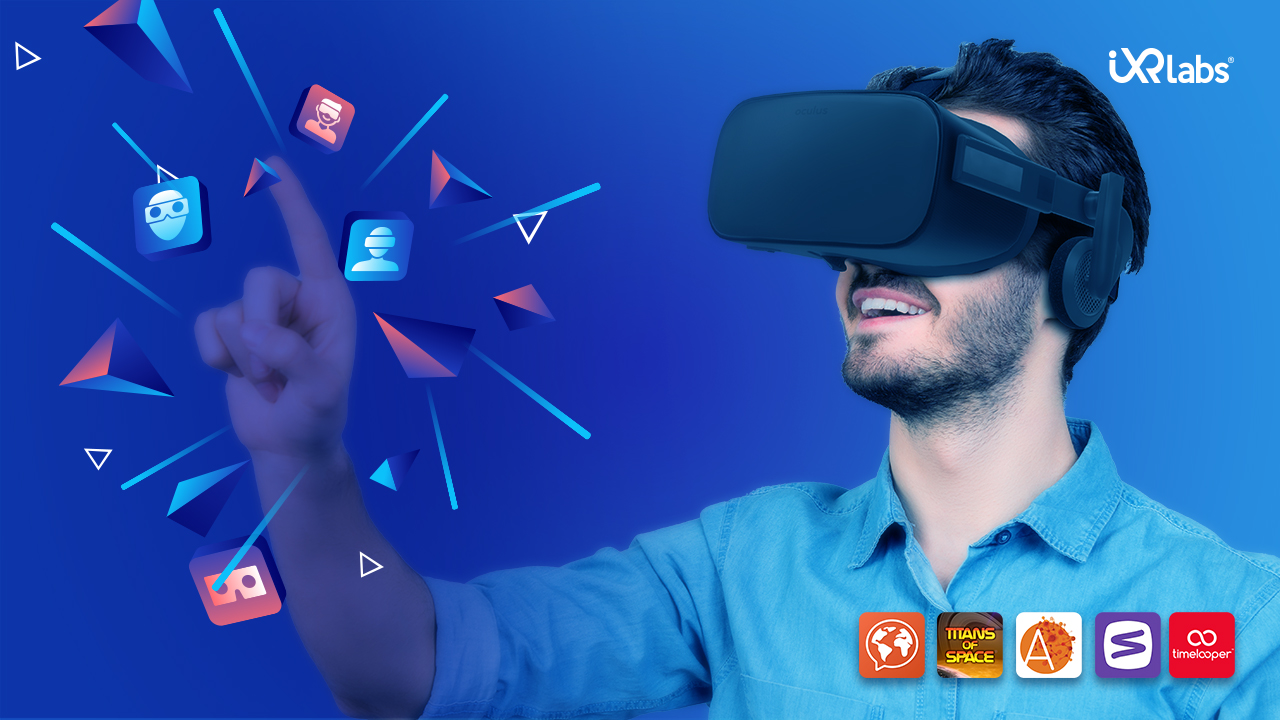
There are numerous VR based applications that help students conduct focussed lab processes. Some such applications teach basic skills such as Ribbit-ing Discoveries, which is a VR application that allows students to learn dissection.
Other more advanced VR based applications act as miniature medical VR labs. These include Holoanatomy and 3DOrganon both of which help medical students examine the human body closely and even dissect different organs.
4. VR Labs Makes Life Simpler!
VR labs are easily accessible. They are simpler to use because one does not have to even get out of bed, if they feel like using an electron microscope to study a DNA molecule!
Labster is an all-purpose, advanced laboratory that you can carry around with you wherever on your phone as long as you have a VR headset with you. Other VR labs such as PraxiLabs have a more differentiated format and have separate physics, chemistry, and biology labs.
Some other more focussed virtual reality in engineering education labs include MCHE VR labs which is primarily used by mechanical engineers.
 Get the App from Meta Store: Download Now
Get the App from Meta Store: Download Now
5. Cost-Effective
Besides accessibility, these labs also reduce costs of having to build multiple labs that can cater to a sizeable class and purchase enough resources for all of them. With these labs, headsets are all you require!
6. Safety and Quality of Learning
One of the most obvious benefits of VR labs for higher education is that conducting experiments on a VR platform is safer than conducting actual experiments. Safety should always be first and with VR labs, that is an assured condition.
An added benefit is that in achieving safety through VR labs, quality of learning is not compromised in any way.
7. Group Work and Cooperation
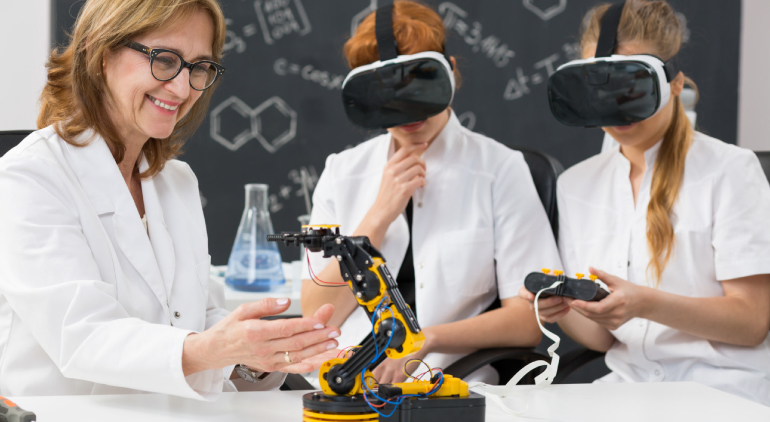
This is a skill that may not come naturally to many people. But with the help of VR avatars, students can learn to work with group members without feeling awkward or shy.
8. Efficiency
Providing VR labs for higher education will allow students to reap all the benefits mentioned above. However, simply using VR allows students to understand concepts and learn skills at a faster rate and a more robust method.
Hence, learning will itself, become more efficient with the benefits of VR in engineering education.
While the benefits of VR in higher education are endless, these are the top 8 that will convince you into comprehending the profoundly positive impact that VR technology can have on higher education.
VR is certainly not a necessity at the moment, but it is slowly turning into one, and students pursuing STEM education need to be prepared for the change by keeping up to date with this entrancing VR technology. Contact us to know more about the benefits of VR in higher education.
.png)



